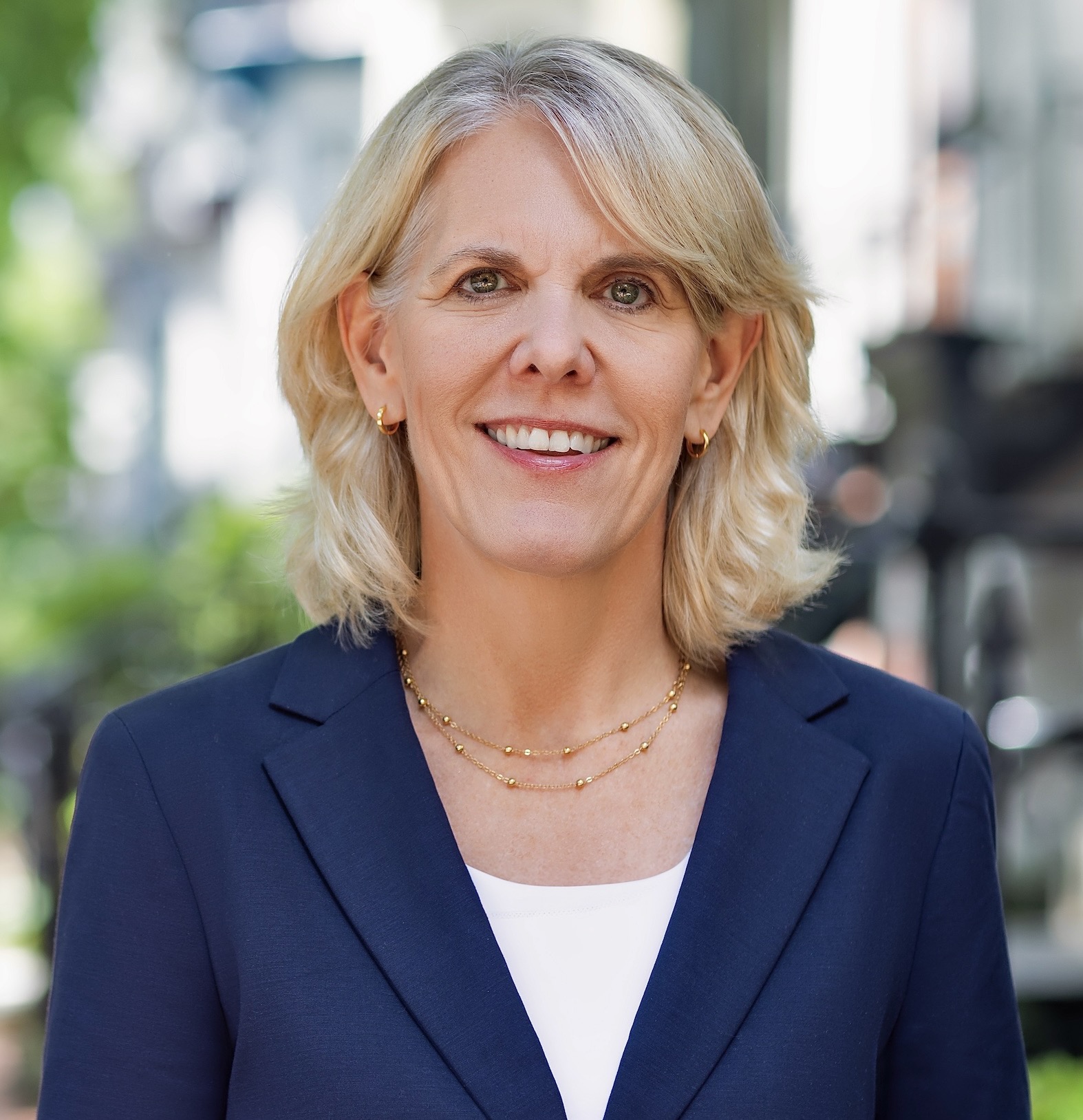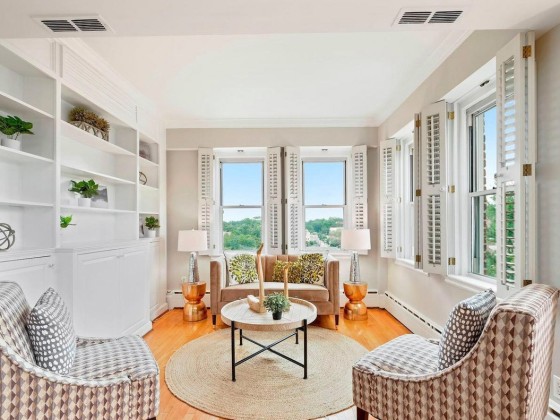What's Hot: Nicklas Backstrom's $12 Million McLean Home Finds A Buyer | HPO Recommends Approval Of Georgetown Conversion
 Saving Energy and Money: The Story of The Boston House
Saving Energy and Money: The Story of The Boston House
✉️ Want to forward this article? Click here.
The following is an article by Robert Thomason, condo board director at the Boston House in Dupont Circle. The piece discusses the efforts that the board and building have taken to reduce their energy consumption and costs over the last few years. Michael Kiefer of Green DC Realty assisted with reporting and research.
Utilities can easily consume one-third of a condominium’s budget. If long-term trends in energy costs continue to increase as expected, condo owners will see those rises reflected in their monthly fees unless they take action to use energy more wisely. For the Boston House, a 271-unit high rise condo in Dupont Circle, that means working hard to keep energy costs under control while keeping residents comfortable. We’ve had our successes and challenges.

Boston House
Our building, constructed in 1950, still had its original, single-pane, drafty windows seven years ago when I joined the board. A bad experience with D.C.‘s Historic Preservation Office cost us a full heating season before we could replace the windows, but once we did, our fuel usage for heating went down 16 percent and our homes were much more comfortable.
The next task was to modernize all the heating and cooling units (convectors) in the building. This project took a number of years to get full compliance from all the owners, but the result was an energy-efficient system that circulates water through the building and thermostatically-controlled fans blow hot or cold air into the apartments according to the season. I found that for a couple winters, I didn’t even have to turn the fans on to blow out heat; the simple radiant heat from the water moving through the pipes along with the shared heat in the building was sufficient.
A major struggle has occurred with an upgrade of the domestic hot water system. We installed high-efficient hot water heaters, but found that the storage was inadequate. This resulted in spotty hot water delivery to many of the units. We are putting in additional tanks and adding insulation to the distribution pipes to resolve this issue. What the hot water project taught us was the need for a top-to-bottom look at the energy operations of a building. There are several ways to do this, and the board has been studying them.
We have not ignored solar power, but are not ready for it. Years ago, the board was actively looking at the prospect of leasing solar equipment, but the elimination of the tax credits for this equipment in the middle of the last decade ended that search. Now that tax credits have returned, new financing strategies have arisen. In addition to leasing and selling the equipment, companies are offering purchasing power agreements where it would buy, install and maintain the solar equipment and charge the building for the heat that was pumped from the roof to the boiler room. The Boston House is not ready to do that now, but we have looked at the potential of the roof and the prospect of running pipes down an abandoned incinerator chimney.
A critical part of our energy program is our record keeping. Every Monday, our building staff takes readings from the electrical, natural gas and water meters. These readings not only let us track our utility use, but they have proved handy in resolving billing disputes with the utilities.
Finally, we have organized an energy committee that gives residents a voice in making suggestions and pointing out solutions. People have been happy to share their experiences and educate one another. For example, around Halloween we were able to post signs about “vampire power,” which is the energy wasted by electronic appliances while they are in standby mode. If most residents in the building would put a few appliances (such as TVs or computers) on a power strip and then turn the strip off when they didn’t need the appliances, we could see a noticeable savings on monthly condo fees.
In conclusion, getting a program in place that serves 271 homes and doesn’t cost them an outsized investment upfront has been a major challenge. But if it is not done, the money we pay to the utility companies will be taking dollars out of our pockets that would be used for better things.
Thomason publishes GlobalResourcesNews.com, a site about ecology and economics.
See other articles related to: dc condos, dclofts, dupont circle, green real estate dc
This article originally published at https://dc.urbanturf.com/articles/blog/saving_energy_and_money_the_story_of_the_boston_house/1798.
Most Popular... This Week • Last 30 Days • Ever

An application extending approval of Friendship Center, a 310-unit development along ... read »

With frigid weather hitting the region, these tips are important for homeowners to ke... read »

Today, UrbanTurf offers a brief explanation of what it means to lock in an interest r... read »

A new report from DC’s Office of Revenue Analysis highlights how millennials and wo... read »

The number of neighborhoods in DC where the median home price hit or exceeded $1 mill... read »
DC Real Estate Guides
Short guides to navigating the DC-area real estate market
We've collected all our helpful guides for buying, selling and renting in and around Washington, DC in one place. Start browsing below!
First-Timer Primers
Intro guides for first-time home buyers
Unique Spaces
Awesome and unusual real estate from across the DC Metro














